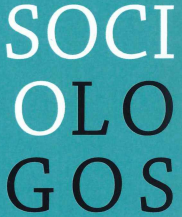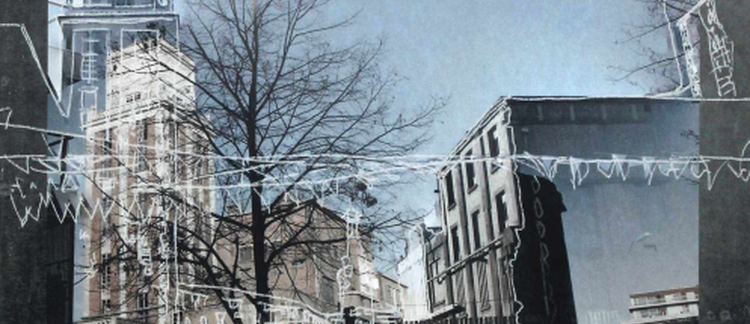Abstract
In this paper, we discuss and illustrate Relational and Correlational Class Analysis (RCA and CCA). Both recently developed statistical techniques introduce a radically different way of dealing with survey data. They allow to reveal ‘elusive’ classification schemes. Both techniques do not group individuals, as is usually done, on the basis of values on a set of variables, but on how an individual’s different values relate to one other. RCA and CCA are thus able to uncover symbolic boundaries that people employ implicitly. We discuss both techniques and compare them with related, and more common, statistical techniques. We then illustrate CCA based on an analysis of evaluations of pictured artworks (n = 2824) and find four different classification schemes. The distinctiveness of each scheme stems from the way in which preferences relate to one another. In one scheme, respondents prefer all works of art equally. In other words, they do not perceive any symbolic boundaries between the artworks. However, clear symbolic boundaries are drawn in the other schemes, such as the one in which people appreciate landscape paintings differently from all other works of art. Finally, we also find two schemes in which respondents contrast classical works with modern works. Our findings show that symbolic boundaries are also drawn within legitimate art, and that people systematically differ in what boundaries they perceive and consider relevant.
How to Cite:
Peters, J., Daenekindt, S. & Roose, H., (2018) “Symbolische grenzen (be)grijpen: een bespreking en illustratie van relationele en correlationele klasseanalyse”, Sociologos 39(1), 48–59. doi: https://doi.org/10.21825/sociologos.86964
Downloads:
Download PDF
View PDF


